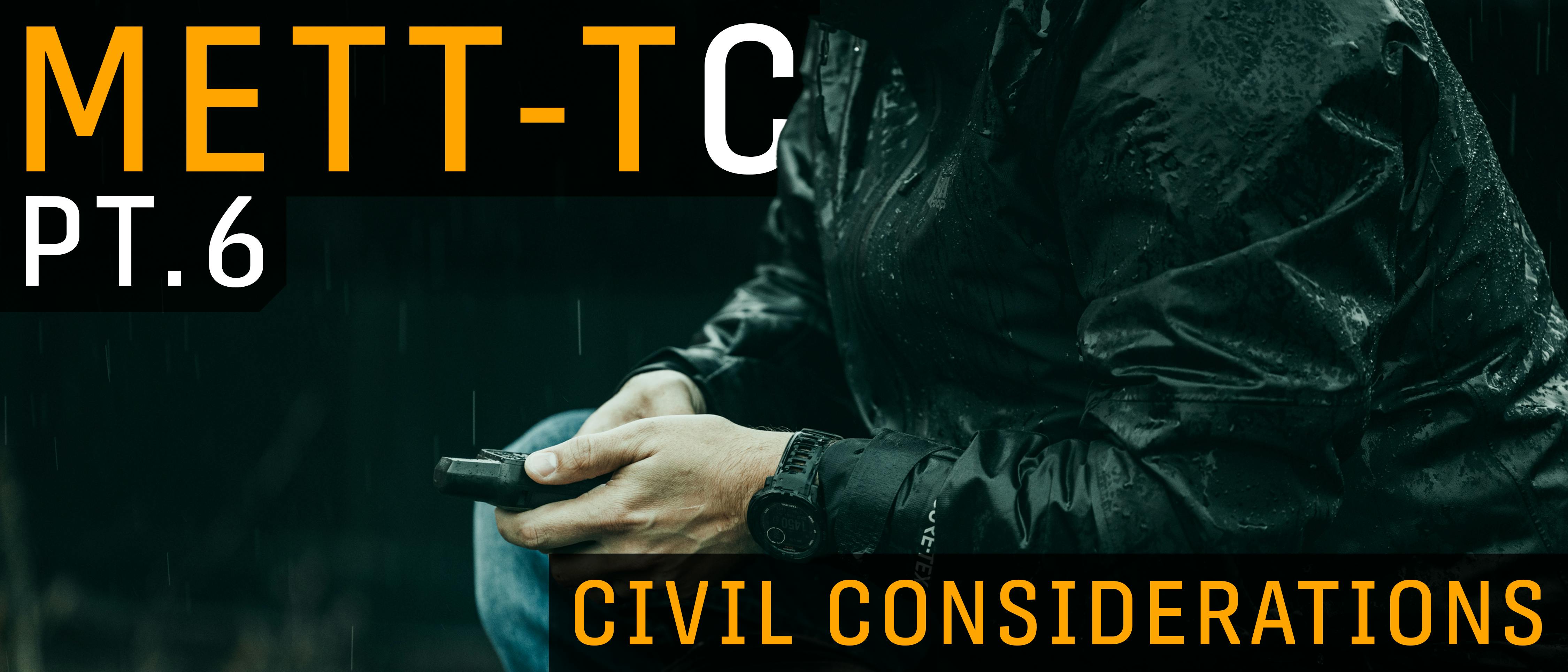If you’ve made it this far, consider me impressed. METT-TC is not the coolest topic, but I hope that this series of articles accomplished one of the following for you: 1. You developed an introductory understanding of METT-TC and are starting to see how you could apply it.2. If you were already familiar with METT-TC, […] Keep Reading

PACE Planning Part 3: Who Establishes the PACE Plan?

At the beginning of this series, I outlined what I believe to be the 3 key points of PACE planning and set up an example operation to better facilitate understanding of PACE planning (read HERE). Then, I broke down the example operation and applied key point number one to it: “PACE planning is phase specific […] Keep Reading
What is METT-TC Part 5: Troops & Time Available

We’ve worked through Mission, Enemy, Terrain, and Weather, and now we are going to cover the next two mission variables: 1) Troops & Fire Support Available and 2) Time Available. Troops & Fire Support Available (METT-TC) In What is METT-TC Part 3: Enemy we looked at analyzing your enemy’s capabilities and limitations. This step is […] Keep Reading
PACE Planning Part 2: Operational Phases & Adjacencies

As I mentioned in the last PACE planning article, PACE planning can get complicated quickly. In this article, we will apply the first key point of PACE planning creation and implementation to our example operation. Before we do that, let’s review the three key points and the example operation from the first article: 3 Key […] Keep Reading
What is METT-TC Part 4: Terrain and Weather
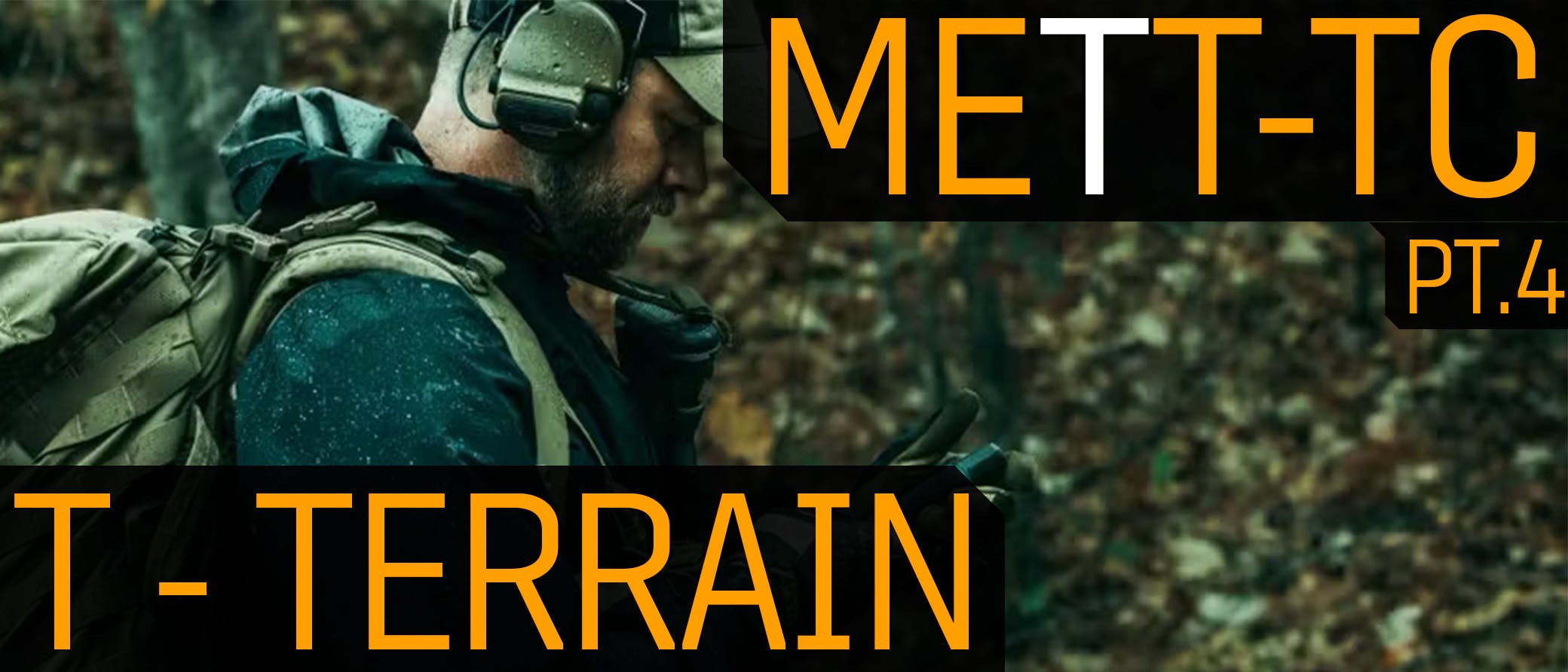
This month, Michael works through the first T in METT-TC using the acronym KOCOA-W. Check out the article below for an in-depth breakdown of each of the KOCOA-W elements as well as resources for further reading. Terrain and Weather (METT-TC) Terrain and weather considerations highlight the need to apply mission variables to both your plan […] Keep Reading
PACE Planning Part 1: Introduction
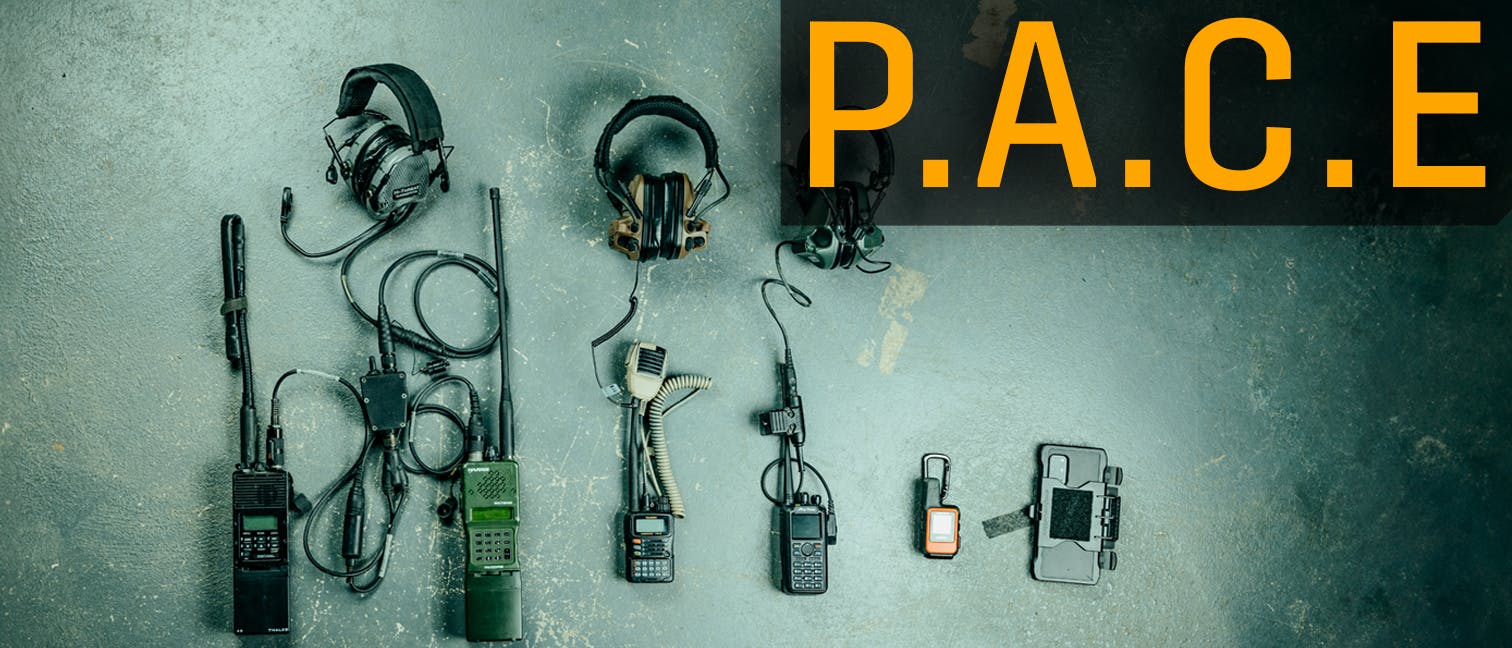
If you have ever looked into any sort of tactical communications, you have probably run across the acronym PACE. It is used to establish communications precedence and stands for Primary, Alternate, Contingency, and Emergency. This sounds simple enough, but PACE planning can get complicated quickly. To be clear, PACE is a planning tool, and it […] Keep Reading
What is METT-TC Part 3: Enemy

Michael continues his series on METT-TC, this time covering E in further detail. Three applicable acronyms here are SALUTE, DRAW-D, and EMLCOA. Check out the article below to get a breakdown on each as well as some other considerations to take into account when analyzing the Enemy. Enemy (METT-TC) Much can be written about the […] Keep Reading
What is METT-TC Part 2: Mission
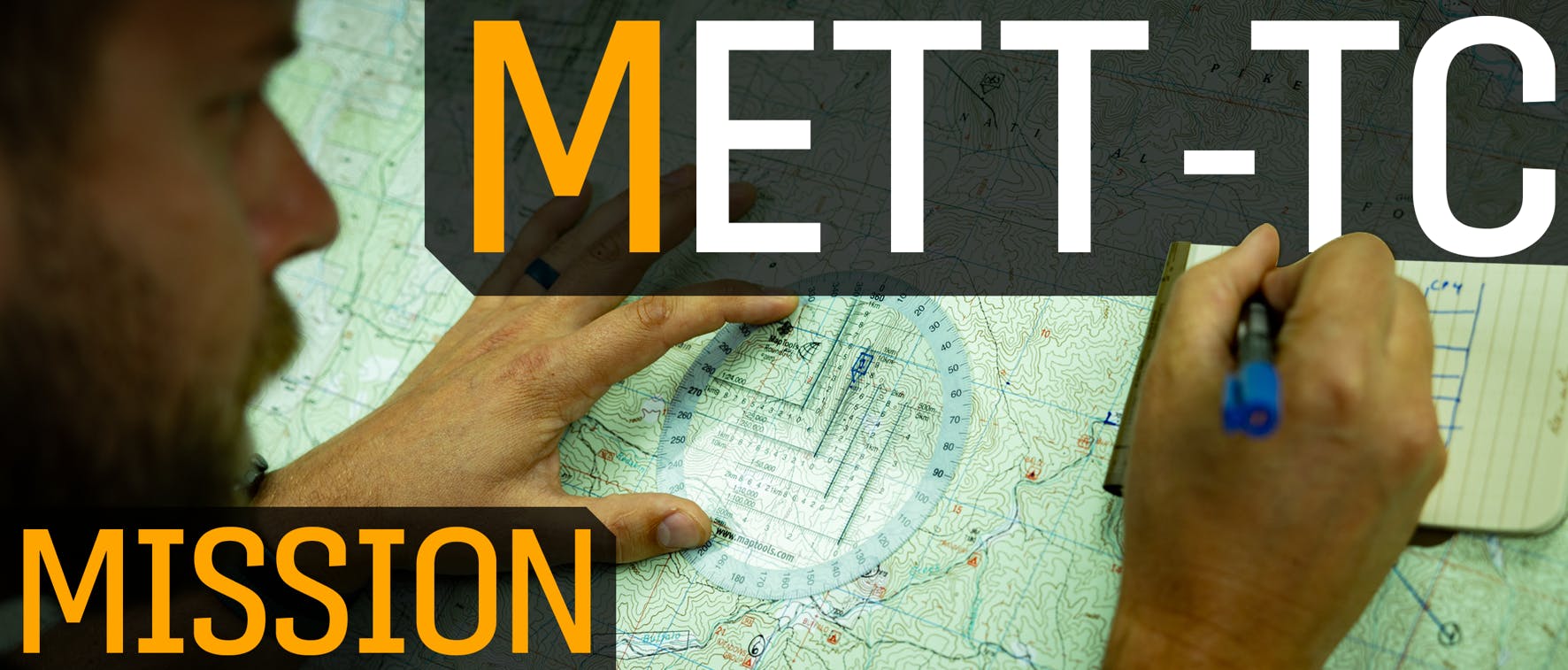
Mission (METT-TC) We are now diving into each mission variable of METT-TC, starting with the M. In this video, my intent is to drive home the point that METT-TC is not a decision-making tool to influence gear setups or loadouts, but it is a tool to influence the actions you will be taking. It is […] Keep Reading
What is METT-TC Part 1: Introduction
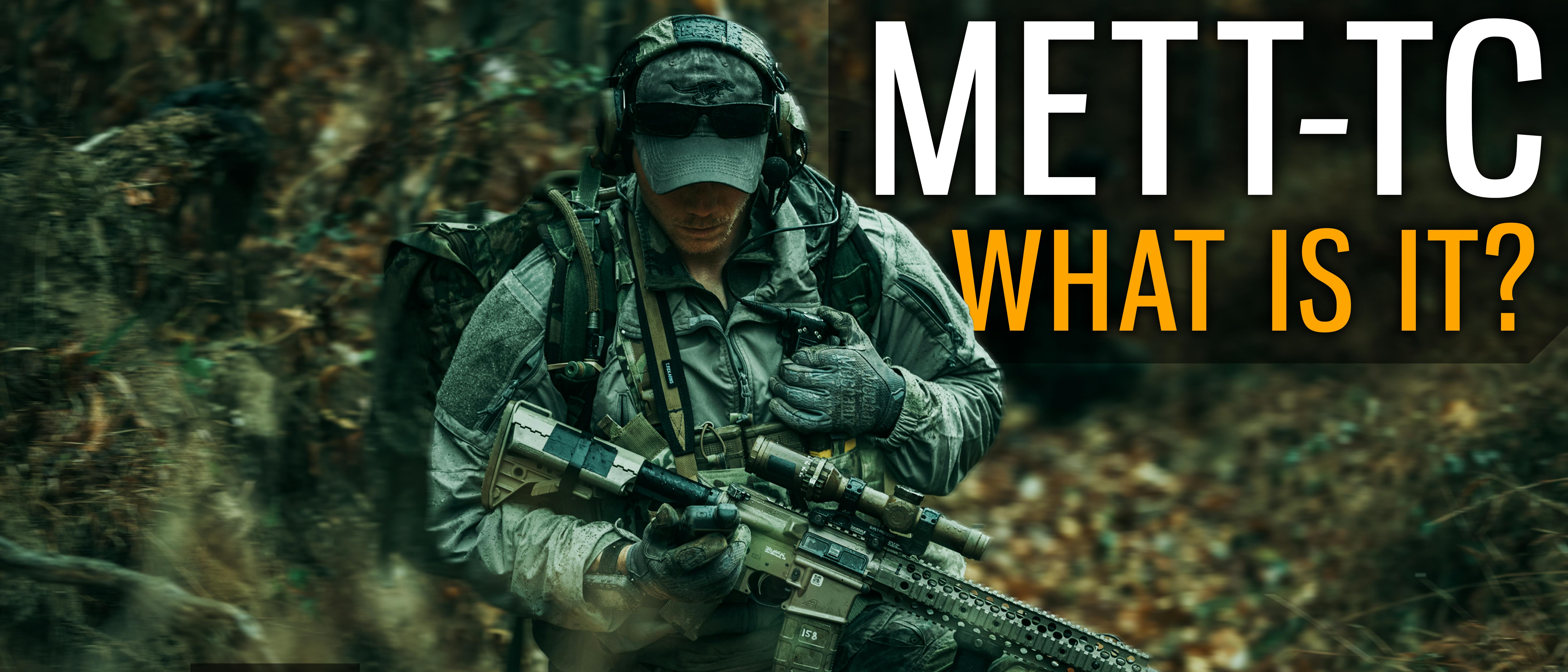
At this point, you have likely seen or heard the term METT-TC (pronounced met-tee-cee). Most people understand that it is a mnemonic/acronym used by the military, but aren’t sure what it stands for, why it exists, or when to use it. This article is a brief introduction and primer on METT-TC and why it is […] Keep Reading
AERO M5: Final Thoughts

Well, here it is. After nearly two months, three thousand rounds, and countless man-hours from multiple departments, we have concluded this project. We learned a ton throughout this process. To follow through on our overall mission to inspire, educate, and equip the average citizen, we’ll discuss some of these learning points in further detail below. […] Keep Reading
